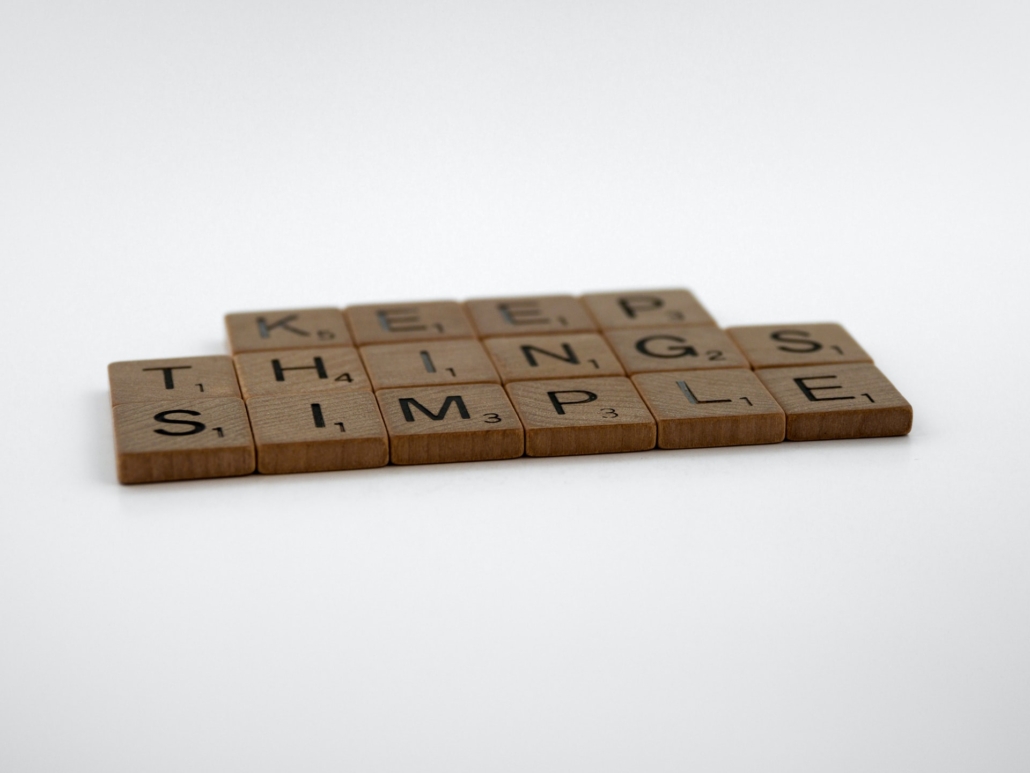
My newsfeed these days is chock-full of “how to break into Data Engineering” these days. It’s made me a bit nostalgic, to say the least. I’ve been dreaming about those days gone by when I started out in the data world. I would say my experience was not so much “breaking in”, but more of a “weasel my way into” Data Engineering.
I didn’t get a Computer Science degree, not even close. I think there are many ways to get into Data Engineering, it’s probably easier than it ever has been in the past. We will fulfill our destiny in different ways, and that journey gives us a unique perspective and makes us “good” at certain things. This is my story.
Read more








